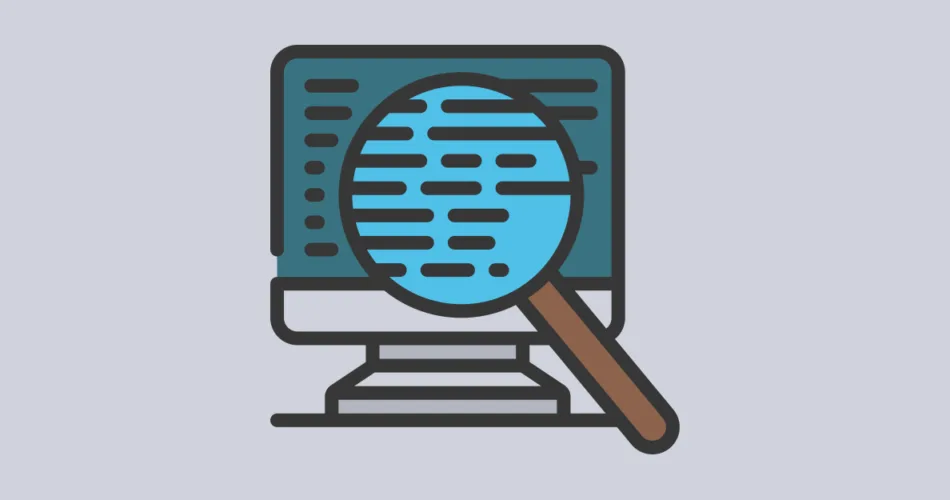Code reviews are a crucial part of the software development process. They ensure code quality, catch bugs, and promote collaboration among team members. In this guide, we’ll dive into the world of code reviews and pull requests, covering best practices and etiquette.
Conducting Effective Code Reviews
Effective code reviews help maintain code quality and consistency. Here are some tips:
Understand the Goal: Know why you’re conducting the review. Is it for finding bugs, improving code quality, or sharing knowledge?
Review Code, Not the Person: Focus on the code, not the person who wrote it. Keep feedback constructive and respectful.
Use a Checklist: Have a list of items to check, like code style, functionality, and performance.
Comment Thoughtfully: Provide clear, actionable feedback. Explain why a change is necessary, not just what to change.
Using Pull Requests for Collaboration
Pull requests (PRs) are a way to propose changes and collaborate on code. Here’s how to use them effectively:
Create a PR: When you have changes ready, create a PR. Explain what the changes do and why.
Review Process: Team members review your code, and discussions happen within the PR thread.
Continuous Integration (CI): PRs trigger automated tests via CI tools. They ensure your changes don’t break existing functionality.
Merge: Once the PR passes review and CI checks, it can be merged into the main branch.
Code Review Etiquette and Best Practices
Code reviews are collaborative. Observing etiquette and best practices is crucial:
Be Respectful: Remember there’s a person behind the code. Be respectful and constructive in your feedback.
Timeliness: Review code promptly. Delays can slow down development.
Stay Focused: Stick to the scope of the review. Avoid unrelated discussions in the PR thread.
Learn from Reviews: Embrace feedback as a learning opportunity. Grow as a developer.
Code reviews and pull requests are integral to modern software development. By following best practices and maintaining a collaborative spirit, teams can produce high-quality code and foster a culture of continuous improvement.
Subscribe to our email newsletter to get the latest posts delivered right to your email.


Comments